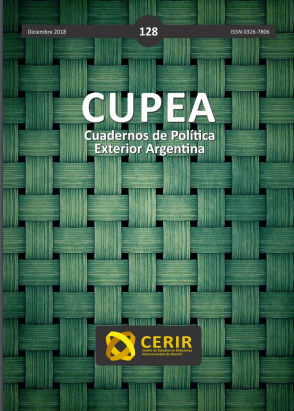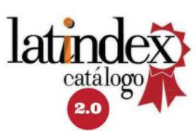The effectiveness of investment protection agreements in attracting foreign investments
DOI:
https://doi.org/10.35305/cc.vi128.22Keywords:
investment protection agreements, bilateral investment treaties, foreign investments, development, capital fluxAbstract
This article’s objective is to put into question whether investment protection agreements, while severely restricting States’ sovereign powers, effectively attract foreign investments in general and direct investments in particular, so as not to become an unnecessary burden on the State that turns to them. This shall be achieved bearing in mind specifically that the central idea of these treaties is to promote the flux of capital from developed countries to developing countries. After reviewing different studies on the subject, it can be shown that it is not possible to establish in a conclusive manner that investment protection agreements do or do not have a significant role in attracting investments, and that in fact, emphasis should be placed in other factors that play a more important part in promoting foreign investment.
Downloads
Downloads
Published
How to Cite
Issue
Section
License
Copyright (c) 2020 CUPEA Cuadernos de Política Exterior Argentina

This work is licensed under a Creative Commons Attribution-ShareAlike 4.0 International License.
Aquellos autores/as que tengan publicaciones con esta revista, aceptan los términos siguientes:
- Los autores/as conservarán sus derechos de autor y garantizarán a la revista el derecho de primera publicación de su obra, el cuál estará simultáneamente sujeto a la Licencia Creative Commons Reconocimiento-NoComercial-CompartirIgual 4.0.
- Los autores/as podrán adoptar otros acuerdos de licencia no exclusiva de distribución de la versión de la obra publicada (p. ej.: depositarla en un archivo telemático institucional o publicarla en un volumen monográfico) siempre que se indique la publicación inicial en esta revista.
- Se permite y recomienda a los autores/as difundir su obra a través de Internet (p. ej.: en archivos telemáticos institucionales o en su página web) antes y durante el proceso de envío, lo cual puede producir intercambios interesantes y aumentar las citas de la obra publicada.
















